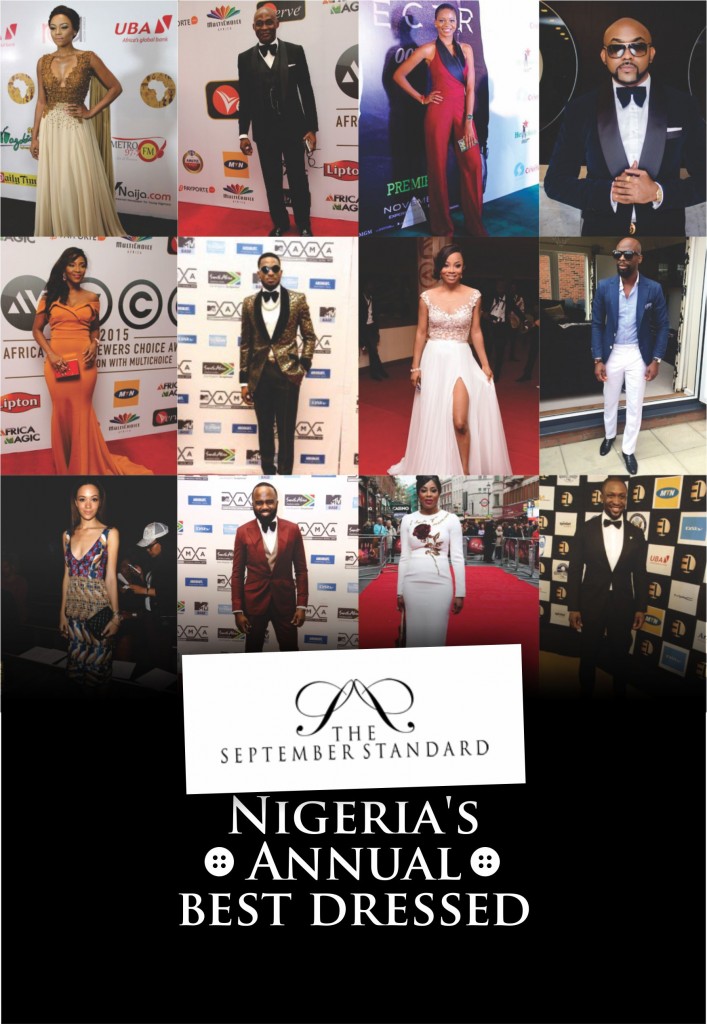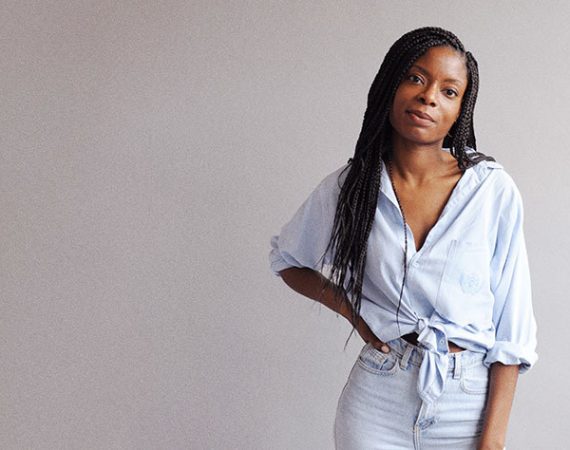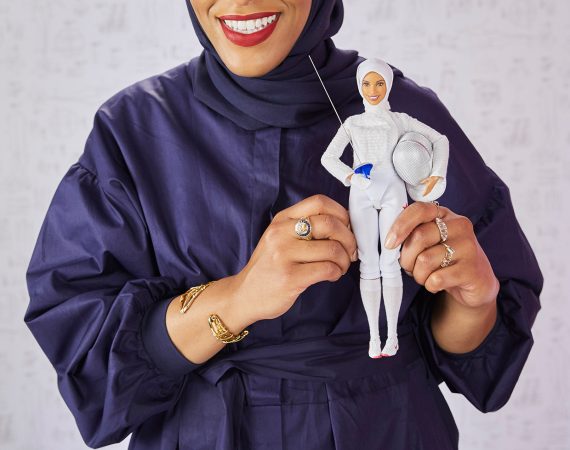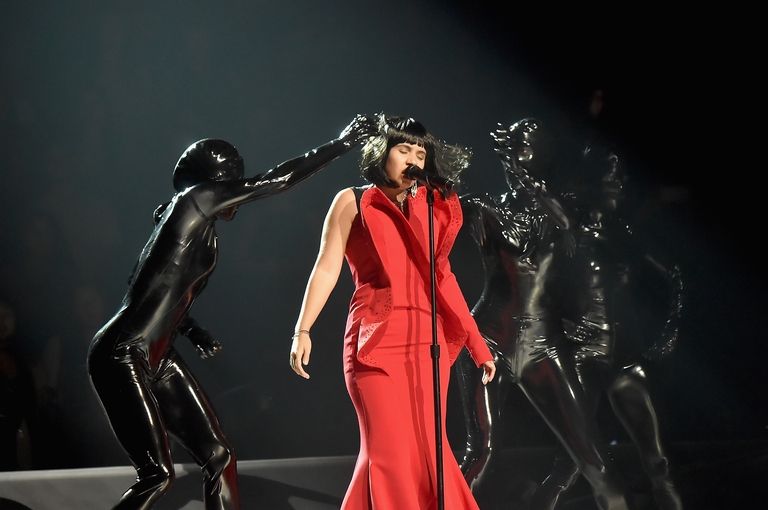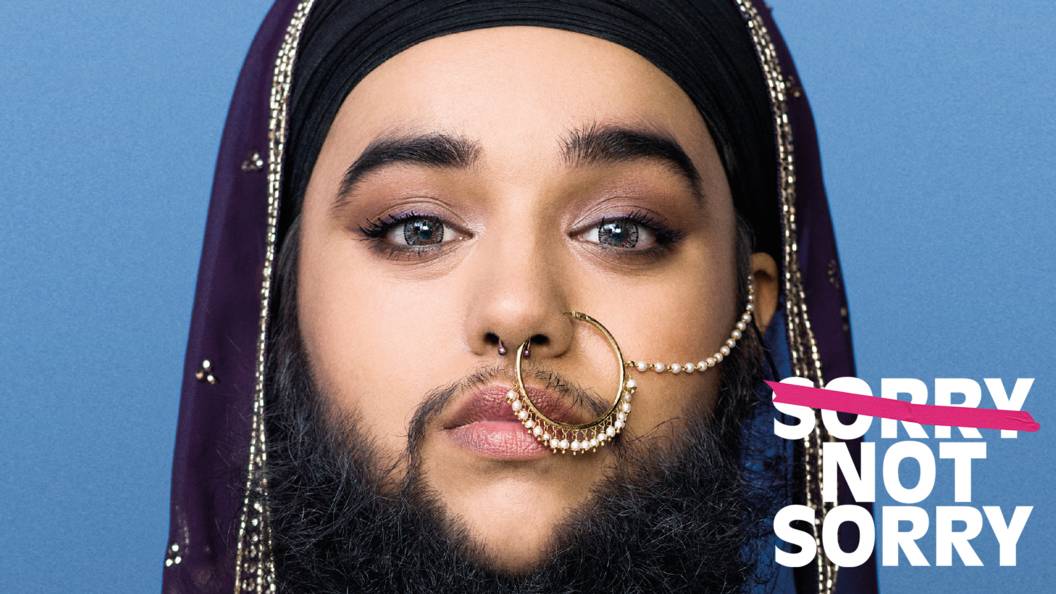Over the last week, my social media has been awash with a viral post about the price points of Nigerian designer label Trish O Couture collection on her website. With pieces retailing between four hundred and six hundred dollars (what you would expect for entry level pieces for major designer labels) it was hard to argue with the sentiments expressed by Nigerians on social media- including popular celebrities,- that the clothes are overpriced and mediocre.
You will now buy the cloth and waka go yaba see your material inside Chinedu's shop near his brother that sells curtain.
— The (@DamiElebe) March 3, 2016
They probably added the cost of the the peacock they used. Including pain and suffering. The peacock probably sued the tailor.
— The (@DamiElebe) March 3, 2016
Lmaooooo. That dress is not the most expensive apparently. This one is N165,000. pic.twitter.com/vCCP6Cvwsg
— The (@DamiElebe) March 3, 2016
And the tweet that started the backwash.
https://twitter.com/theozioma/status/704956057769144320
While I will not comment on the opinions of the Twitterers, I will accede that one thing the label did was expose how little it knew or cared to know about the business of fashion and the craft itself. It is hard, nay, impossible to take a fashion brand that wants to charge me 600 dollars for a dress seriously when they don’t even know the difference between couture and ‘ready to wear’.
Many African labels are a little too trigger happy with suffixes, especially the term ‘Couture’. The term is actually used as an adjective to differentiate collections a fashion house puts out through one of its several labels. That was too much? Let me break it down.
International Fashion brands are called ‘Houses‘ an archaic term that came from the early origins of what we refer to as modern fashion in France and Italy. Back then, profitable occupations were ‘hereditary,’ passed on from one generation to the next. People always needed clothes, so tailoring families passed on clients from mother to son/father to daughter almost like an inheritance. Because of this system, a family of tailors was referred to by it’s surname and clothes it made came from it’s ‘House’.
As the businesses changed and became more capitalist, many kept the family names of the businesses they acquired because of the pedigree and prestige it had amassed.
Under each ‘House‘ are labels. The labels describe the kind of clothes produced, such as ready to wear pieces, luxury pieces, licensed clothing and accessories and finally Couture. So a House or Brand like Chanel can have a ‘Ready to Wear’ line, a ‘Couture line’ and a ‘Luxury line’ all put out each season.
So what then is ‘Couture’?
Couture is the pinnacle of designer fashion. The closest modern fashion comes to art. Legally, only fashion brands based in Paris, France can use the term to describe one of its label offerings and the brand as well as the clothes it makes for its couture label needs to reach certain (very high) standards. So it makes no sense for a brand with couture in its name to offer nice made but ultimately run of the mill clothing.
We at the Other Style advocate mass Market fashion, in fact we’ve written a post advocating for it. If we want our fashion to improve, we might need to start by actually understanding the industry we’re plunging head first into. It might not seem a big deal, but in this age where branding and marketing are just as important as the content you make, making the wrong first impression is an unconscionable misstep.

